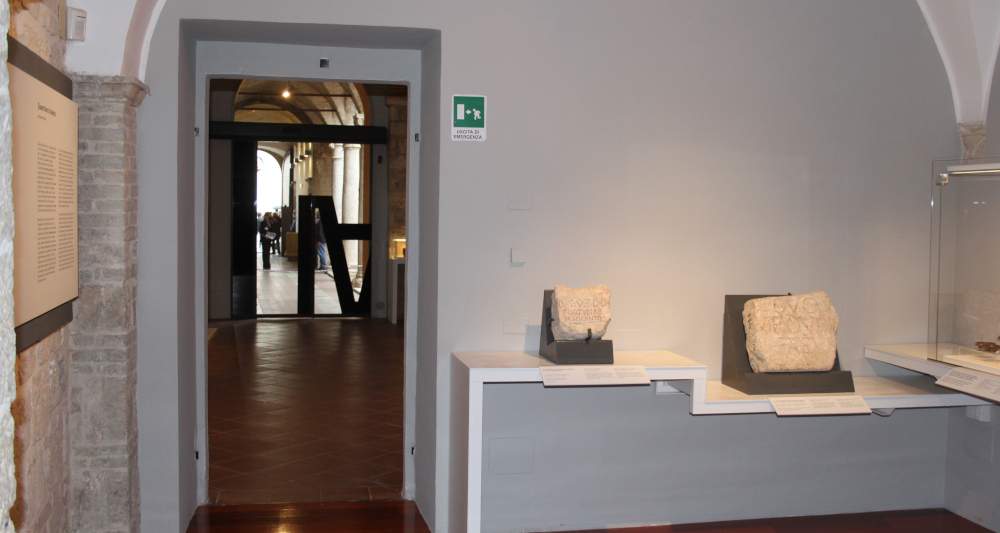After years of closure, Roman section of Ascoli Piceno Archaeological Museum opened
A new Roman section has been inaugurated at the State Archaeological Museum of Ascoli Piceno, rearranged by Luigi Gallo, director of the Marche Regional Museums Directorate, with the care and scientific direction of Sofia Cingolani, archaeological officer and museum director.
The Archaeological Museum of Ascoli Piceno tells through its rich collection the thousand-year history of the city of Ascoli and its territory. Its Roman section, well known for the important Picene evidence it holds, has finally been reopened after several years of closure. "This is an important first milestone as part of a multi-year program aimed at returning long-closed routes and areas of the museum to the public and, in general, at the renewal of the museum and its identity,“ said Sofia Cingolani. ”The path dedicated to the Roman age is now linked to that of the Picenum section with the aim of telling visitors how the city and the territory characterized by the strong identity reality of the Picenum people gradually changed with the arrival of the Romans and following the events that led to the birth of the imperial Asculum."
Fundamental was the collaboration with the Soprintendenza Archeologia Belle Arti e Paesaggio for the provinces of Ascoli Piceno, Fermo and Macerata and with archaeologist official Paola Mazzieri. “The sites presented,” added the Superintendency, "currently still being studied, testify to the outcome of a peculiar process of cultural stratification; Picenum identity is still strongly felt at the dawn of Romanization, especially in its religious expressions, as evidenced by the Annunziata and Battente sites, which have returned traces of cults to archaic archaic female deities, and persisted until the late Republican period, when pottery of Picenum tradition re-entered the grave goods of the Porta Romana burials alongside elements characteristic of Roman funerary costume."
“With a view to collaboration and synergistic action of protection and enhancement,” Luigi Gallo stressed, “it was possible to exhibit, for the first time, finds from contexts of fundamental importance for the reconstruction of the city’s earliest phases found, over the years, in the course of Sabap’s protection activities in the area.”
 |
| After years of closure, Roman section of Ascoli Piceno Archaeological Museum opened |
Warning: the translation into English of the original Italian article was created using automatic tools. We undertake to review all articles, but we do not guarantee the total absence of inaccuracies in the translation due to the program. You can find the original by clicking on the ITA button. If you find any mistake,please contact us.





























